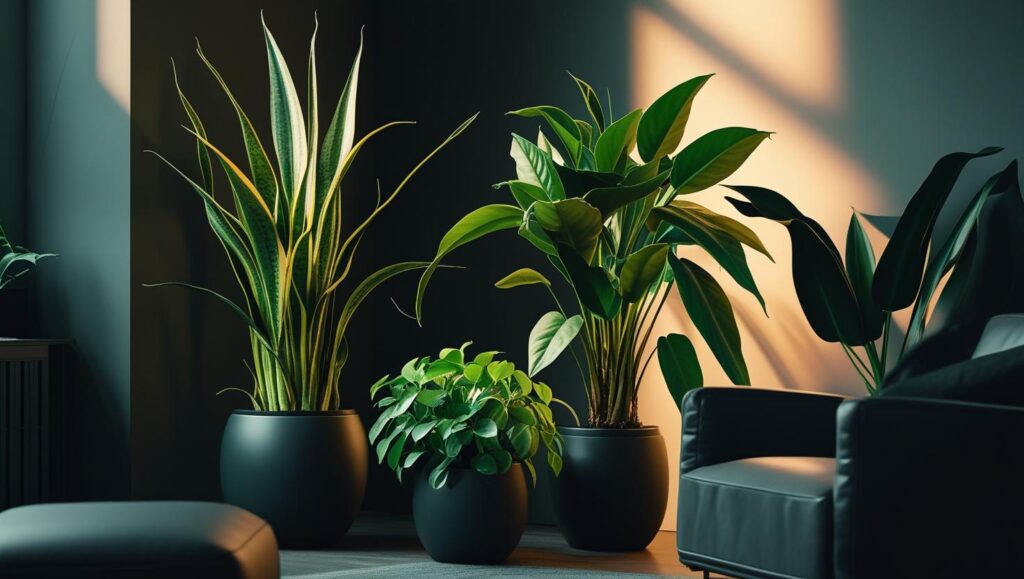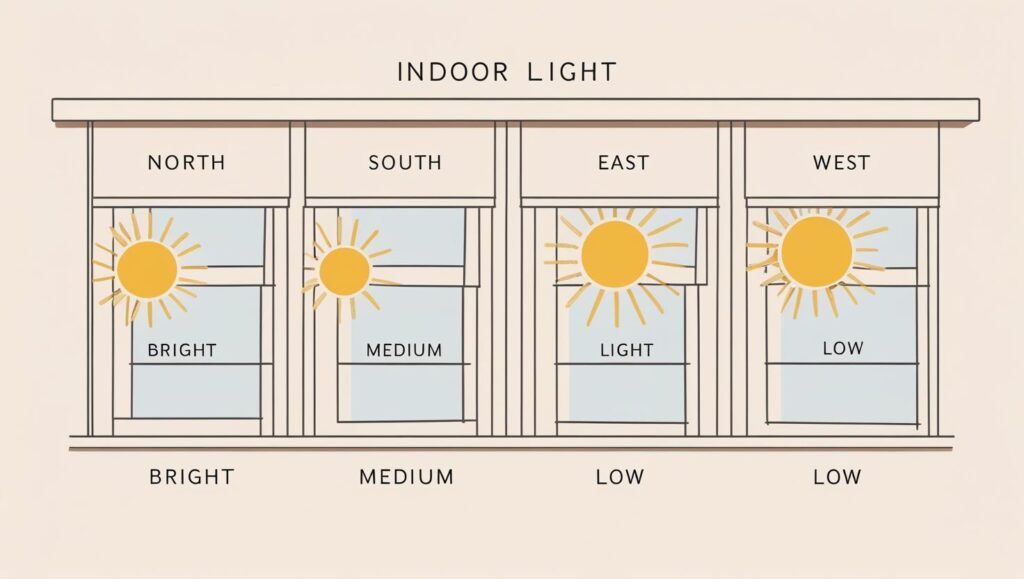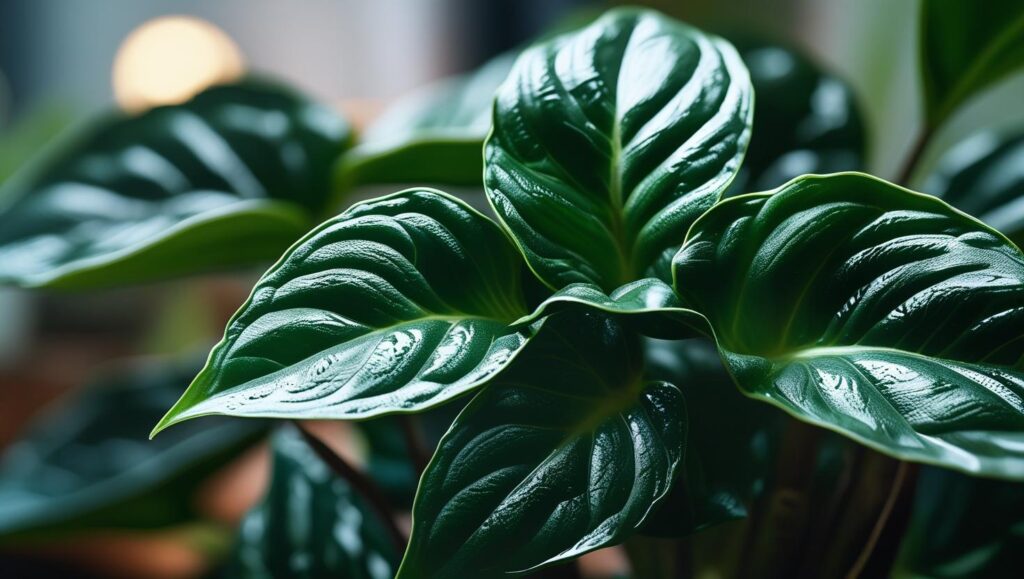For individuals living in homes or working in offices with limited natural sunlight, the prospect of cultivating indoor greenery can seem daunting. However, horticultural experts confirm that a diverse array of low-light indoor plants not only survive but thrive in such conditions, offering aesthetic and potential wellness benefits without requiring bright, direct sun.

Key Plants for Low-Light Environments
| Plant Species | Common Name(s) | Key Characteristic |
| Dracaena trifasciata | Snake Plant, Mother-in-Law’s Tongue | Highly tolerant of neglect and various light levels; architectural, upright leaves. |
| Zamioculcas zamiifolia | ZZ Plant, Zanzibar Gem | Extremely drought-tolerant due to underground rhizomes; glossy, dark green leaves. |
| Epipremnum aureum | Pothos, Devil’s Ivy | Forgiving, fast-growing vine; ideal for hanging baskets or shelves. Can tolerate low light but may lose variegation. |
| Aspidistra elatior | Cast Iron Plant | Nearly indestructible; survives deep shade and inconsistent watering. |
| Aglaonema commutatum | Chinese Evergreen | Offers foliage with patterns of silver, red, or cream that hold their color in low light. |
The Enduring Appeal of Greenery in Dimly Lit Spaces
The drive to incorporate plants into personal spaces is supported by a growing body of research on biophilia—the innate human desire to connect with nature. A systematic review published in the Journal of Environmental Psychology found that the presence of indoor plants can have a positive impact on human health, including reducing stress and improving concentration. Another study in the journal Building and Environment suggested that interacting with indoor plants could reduce physiological and psychological stress.
This desire for greenery often clashes with the reality of modern architecture, which can include deep-set apartments, north-facing windows, or office cubicles far from natural light. The demand for houseplants for dark rooms has subsequently risen, as they provide a solution for bringing nature indoors without the need for ideal growing conditions.
What ‘Low Light’ Truly Means for Houseplants
Defining “low light” is a crucial first step for any aspiring indoor gardener. The term does not mean “no light,” as all plants require some level of light for photosynthesis.
“Think of low light in terms of walking into a dimly lit room,” explained Linda Langelo, a horticulture specialist at Colorado State University, in a recent article for Martha Stewart Living. “Plants that prefer this low light can be in a room with no windows [if supplemented with artificial light] or where the curtains are closed most of the time.”
Horticulturists often measure light intensity in foot-candles (ftc). Low-light conditions are typically considered to be in the range of 25 to 100 foot-candles. For context, a brightly lit office is around 50 ftc, while direct sunlight can exceed 1,000 ftc. A simple way to gauge this is to assess window direction. “North-facing windows are on the north side of the house,” said Adrienne Roethling, garden director for the Paul J. Ciener Botanical Garden. “It’s usually the darkest side of the house and this would be a great place for low light plants.”

Top-Tier Low-Light Indoor Plants Recommended by Experts
While many plants are marketed as low-light tolerant, a few consistently receive top recommendations from university extensions and botanical gardens for their resilience and aesthetic appeal.
The Resilient Snake Plant (Dracaena trifasciata)
Formerly known as Sansevieria trifasciata, the Snake Plant is lauded as nearly indestructible. Its stiff, upright leaves make a strong architectural statement. “The only way you can kill this plant is if you over water it!” notes the Iowa State University Extension in a guide to easy-care houseplants. It is highly efficient at storing water and tolerates a wide spectrum of light conditions, making it one of the most forgiving choices for beginners.
The Versatile ZZ Plant (Zamioculcas zamiifolia)
The ZZ Plant is another powerhouse of resilience. Its ability to thrive on neglect stems from its large, potato-like rhizomes that store water, making it extremely drought-tolerant. According to horticulturists at Costa Farms, a major houseplant grower, the ZZ plant “does exceptionally well in low light levels” and is tolerant of dry soil and low humidity, cementing its status as one of the best easy care indoor plants.
Trailing Options: Pothos and Philodendron
For those looking to fill vertical space, the trailing vines of Pothos (Epipremnum aureum) and Heartleaf Philodendron (Philodendron hederaceum) are excellent choices. Both are often confused but can be distinguished by their leaves; Pothos leaves are thicker and more textured. Both are adaptable, though experts at Montana State University Extension note that variegated Pothos varieties may lose their distinctive coloring and revert to solid green in very low light.

Essential Care Strategies for Thriving in the Shade
Caring for low-light plants requires a different approach than for their sun-loving counterparts. The most common pitfall, according to numerous experts, is overwatering.
“When plants are in lower light, they are photosynthesizing less, which means they are using less water,” said Justin Hancock, a horticulturist, in an interview with Better Homes & Gardens. Because the soil dries out more slowly, the risk of root rot—a fatal condition caused by fungus that thrives in soggy soil—is significantly higher. Experts advise checking the top one to two inches of soil with a finger; if it is dry, it is time to water.
Other key considerations include:
- Reduced Fertilizing: These plants grow more slowly and thus require less fertilizer. Feeding them once or twice during the spring and summer growing season is often sufficient.
- Dusting Leaves: Dust can accumulate on leaves, blocking the limited available light. Wiping them gently with a damp cloth helps maximize light absorption.
- Recognizing Insufficient Light: Even a low-light plant has its limits. Signs that a plant is receiving too little light include “leggy” growth (long, sparse stems with few leaves) and the yellowing and dropping of lower leaves.
A Note on Air Purification
Many of these plants were featured in a 1989 NASA Clean Air Study, which found they could remove volatile organic compounds (VOCs) from sealed chambers. However, experts caution against interpreting these results to mean a few plants will purify the air in a home. The study’s conditions are not comparable to a typical, ventilated room. A 2019 review by Drexel University researchers concluded that one would need an impractically high number of houseplants—up to 1,000 per square meter—to match the air-cleaning capacity of a standard building’s ventilation system. While plants do offer immense benefits, dramatic air purification is not among them in a typical home setting.
The accessibility of low-light indoor plants has made it possible for nearly anyone to enjoy the benefits of indoor gardening. By understanding the true meaning of “low light” and adjusting care practices accordingly, city dwellers and office workers can successfully cultivate a green oasis, regardless of the direction their windows face.
